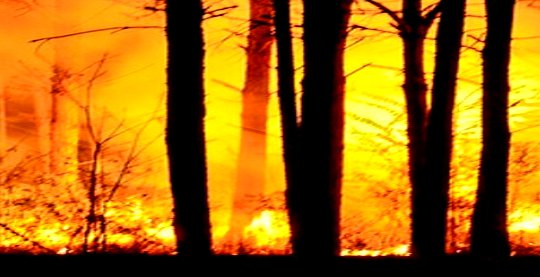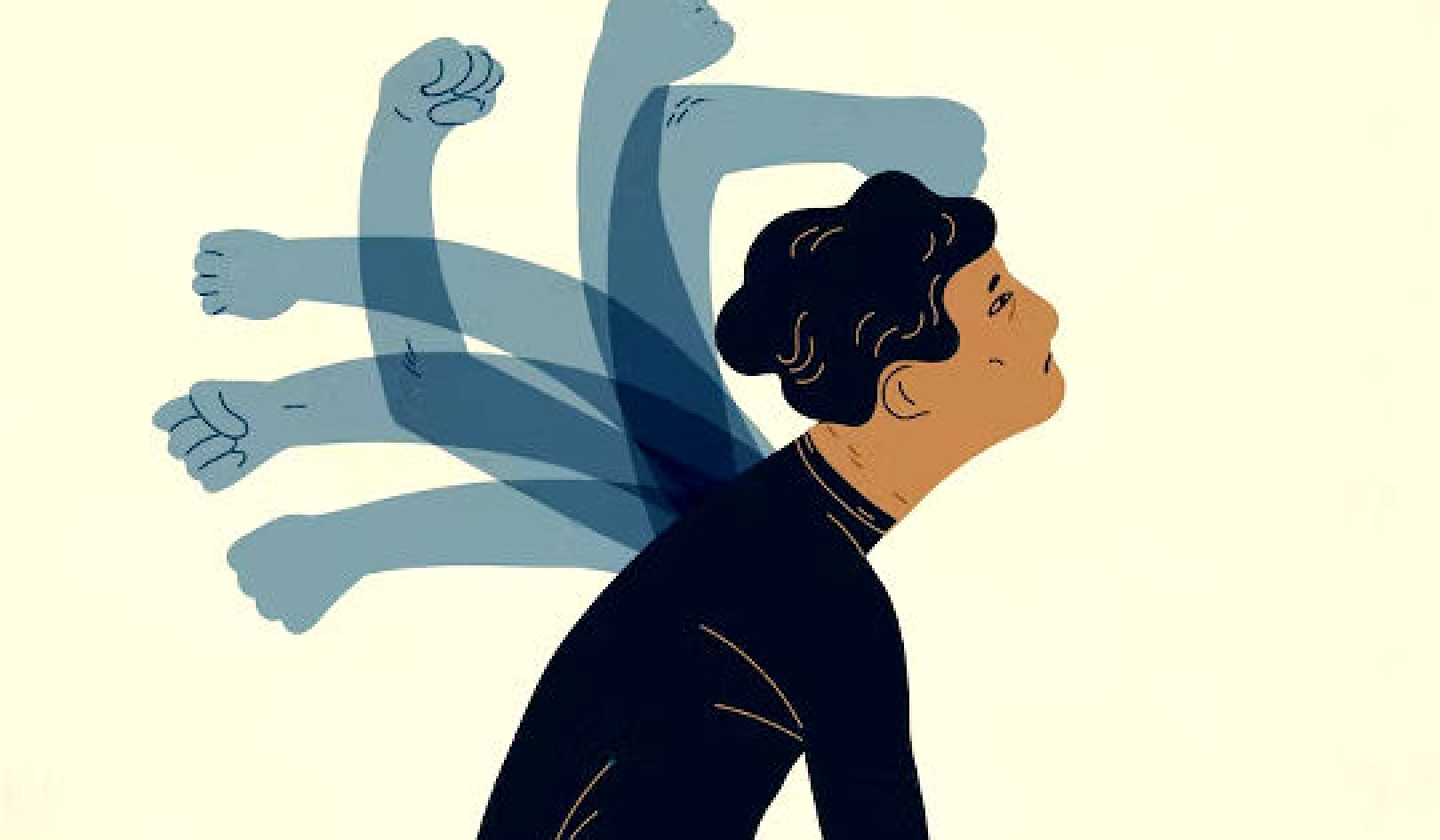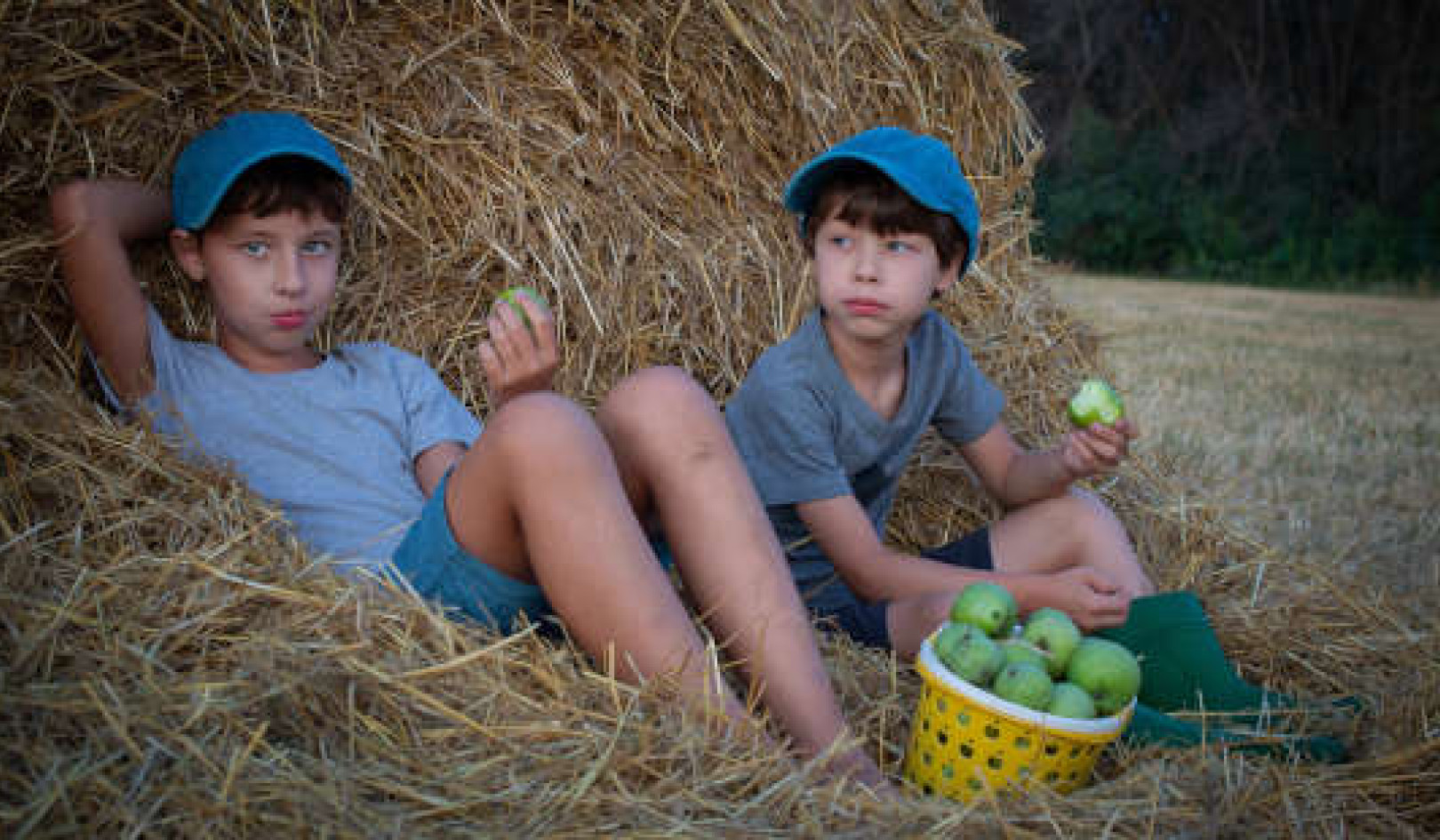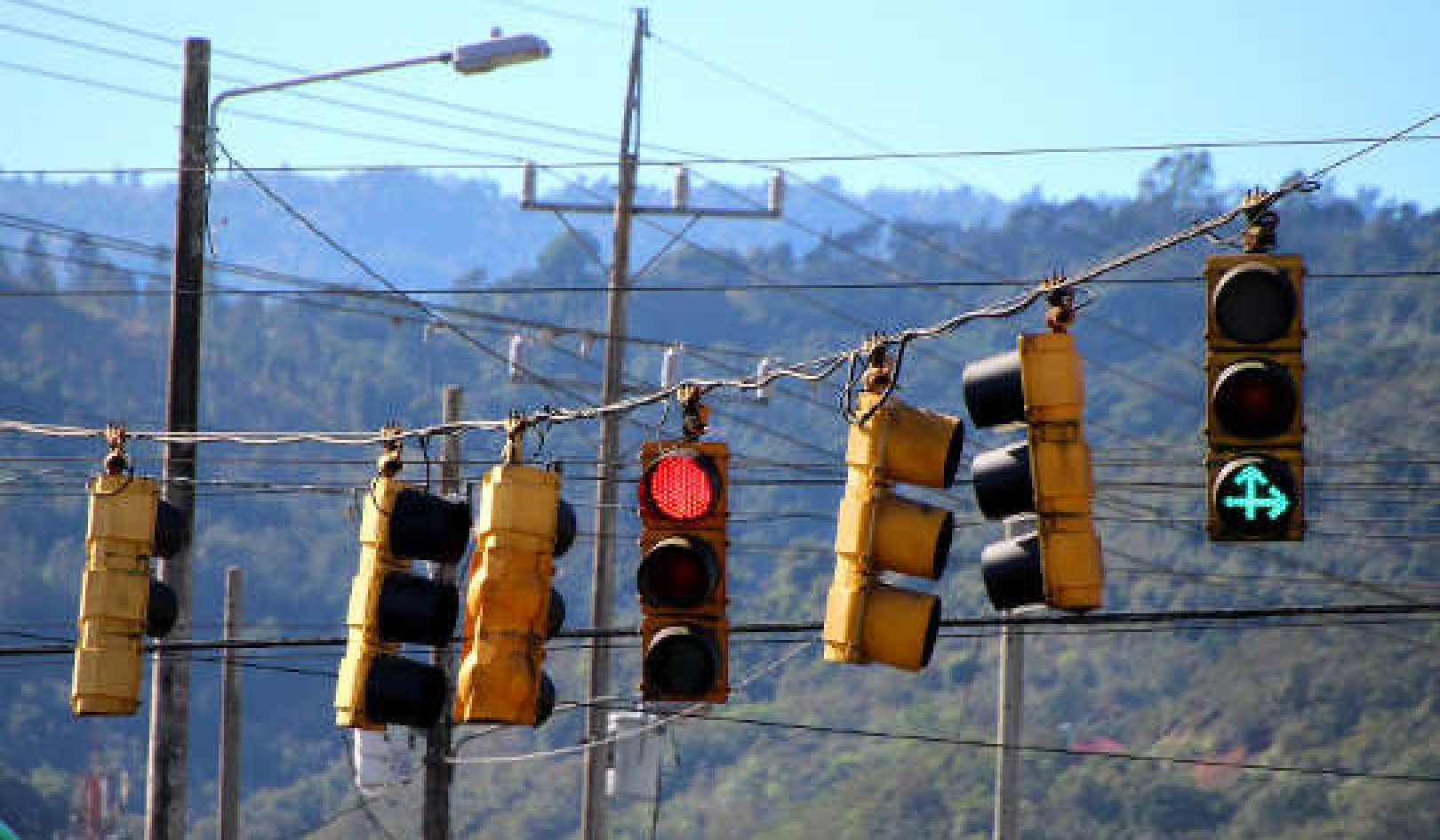
California coastal redwoods grow to be well over 200 feet tall. As I became more educated about redwoods, I learned that the thickness of the bark was an evolutionary characteristic: it made her more resistant to insects and fire. The Mother Tree was not only adapted for fire, the lives of her seedling offspring were dependent on it. The small seeds of this giant mother could only find their way down to the ground and into the earth by way of the heat of the fires that would burn through the forest.
The redwood’s female flowers occur only at the highest branches of the tree. Once fertilized, the cones can be hundreds of feet above the ground. Fires dry the cones at the top of the tree and allow the release of the seeds. The flames also clear away the undergrowth of other plants and trees and remove the dense pack of redwood needles that cover the forest floor.
This scourging opens space and allows for the seeds’ germination and the upward growth of the new redwood seedlings. The remains of the burned undergrowth also return nutrients to the soil, providing nourishment for the quick growing saplings. It is a process with the mark of the hand of a master Creator.
Sitting in the shadows of the majestic Mother Tree, you could feel her willingness to stand in the midst of all that is, to allow lightning to take away her uppermost tier, to remain in the scorching heat and flames that would facilitate the release of her tiny seeds. For centuries, this amazing tree had adapted to all that Nature and man had brought to her doorstep. She was the very picture of surrendering in times of fire.
Surrender is Not About Submission
In the human realm, the concept of surrender is often confused with submission. Maybe you envision an army putting up the white flag and admitting defeat to its enemy. Or you recall a moment in your past when a parent or authority figure was demanding that you do something you did not want to do. Or you conjure a picture of giving up in the fight of a disease and letting it destroy your body. If you are like me, you may tense up and resist the mere thought of surrendering to someone or something.
The actual notion of surrender comes from an Old French word meaning to “give over.” What I want to point out here, however, is that no matter how you define it, or under what conditions, surrender is a willful, not a passive act. Whether you put up the white flag or open your grasping hands, you are actively making a choice.
The element of choice in surrender is an important consideration when we are discussing its expression in our lives. How do we want to act following the arrival of the fires that scorch us and burn away things that are not serving us? Not liking the consequences does not constitute a lack of options. In the case of surrendering to what is coming to us in life, we always have options. We always have a choice, both in action and in attitude.
Not Being Attached to Outcomes
What would having a choice and surrendering look like? What if surrendering was as simple as not being attached to the outcome of what was going on around you? What if the “giving over” was letting go of the need for things to happen in a certain way, choosing to let events unfold as they do and to put your energy into walking through the doors that open? The fires that visit us are there for our protection as well as our growth. When we kick and scream and fight against the process, we are inviting harm and perhaps even greater trauma. I want to revisit the redwoods for more insight here.
The coastal redwood population, found only in the western half of the United States, has declined dramatically over time. Excessive logging of the water- and insect-resistant wood led to this demise, but the lack of fires has also contributed, as the need to protect man-made buildings has meant that naturally caused fires have not been allowed to burn and do their job in maintaining the forest ecosystem.
As a result, the understory and dead plant remains have accumulated on the forest floor. The cones have no heat to dry them, and the seeds that make it to the ground have no place to put down their roots. The more the forest has been protected from fire, the more catastrophic the results when fires have occurred. Too much accumulation of debris has meant too much fuel and too much destruction. The fires have burned too hot and destroyed the trees rather than just charring their resistant exteriors.
This is a powerful metaphor for our learning about surrender. While few of us would willingly choose to have significant change sweep through our lives, we do recognize the danger in letting things “pile up.” How much work do we do to shift deep-seated emotional stubble when we are in the throes of falling in love or are experiencing a sweet place in our lives? Why would we want to? We want to enjoy the bliss and good fortune—as we should. And then something happens. A relationship fails or a friend dies or something else comes into your life and scorches your heart.
You are now in a position to look deeply, at both the damage in the moment and your wounding in previous times. In these periods of your life, you are standing like the Mother Tree in the midst of a fire. The undergrowth and debris are burning away around you. New seeds for your life are springing from their tiny cones. Your resilience and surrender make possible the opportunity for new growth and expansion.
The Power in Surrender
If the solar plexus is the seat of personal power, why would the healing associated with the Third Tibetan be called “surrender?” That seems counterintuitive. What does surrender have to do with power? And what is the connection between surrender and doubt, the grasping behavior we identified with the Third Tibetan?
First, let us check in quickly with what power actually means. The early use of the word referred to the ability to act or do and was related to the noun version of the Old French verb pouvoir, to be able to. If we let go of all the other meanings of power we have developed over time, we can focus on the notion that power is the ability to do something. Power is doing. It is not that having personal power requires you to be doing something all the time, but rather that you can do things you want to do and are led to do. To be powerless is to be stuck, unable to do anything. Frozen. Disempowered.
How does surrendering make power possible? I would like you to think about a time recently when you were churning—too much to do, too many things to focus on, too many expectations. In the midst of this ordeal, I will wager that you had some needs and wants that were making the situation even more overwhelming. Maybe you had an agenda or a schedule that you felt compelled to meet. As you bring that situation to mind, notice what is happening in your body.
Is there a tightness anywhere? How about your breathing? Is it loose and easy, or constricted? Now, consider the outcome. Did you get everything done? If not, why not? If so, what shape were you in at the end?
Now think of a time when you had a full agenda and for some reason you did not force or push. You let the situation develop naturally. You trusted the people around you. Perhaps you even gave up needing things to happen in a certain way. From a practical perspective, that is surrender. Did you accomplish your goals? If so, then you had power and you surrendered; in fact, you had power because you surrendered.
One meaning of surrender calls to me here: you agree to stop fighting, hiding, or resisting because you know you cannot win. In essence, you looked at the odds and realized at that point in time that continuing to fight, scratch, and scream was not in your best interest. So you let go, you detached from the outcome, but you did not give up—letting go of needing things to be a certain way and giving up are not the same thing. When you release or let go you are still moving in the direction of your guidance and your goals. You have simply stopped trying to push the rope. (Try pushing a rope sometime to drive this point home.)
How do we blend doubt into this formula with surrender and power? You will recall that doubt is one result of not being able to choose between two viable options. When we are in doubt, we are stuck, we cannot act, and our personal power is diminished. By surrendering to both options and letting the best situation emerge, we not only stop grasping and doubting but we also end up “doing.” We have exhibited our power by not being frozen by an inability to act.
Trusting That The Fires Around You Will Ultimately Nurture Your Growth
Surrender is not about hard work, effort, or piety; it is accomplished by opening your heart and your will to the Divine plan, recognizing that greater forces than you are at work. Not being submissive and obedient, but truly trusting that the fires around you will ultimately nurture your growth and transformation. You can picture yourself as a mighty redwood here, standing tall over all that is around you.
Bring to your mind the picture of the beautiful Mother Tree waiting out the flames that licked at her trunk and branches. You know the fire will pass. Breathe deeply and completely to allow your body to continue to relax and surrender to all that is. Imagine the vapor of your rhythmic breath cooling the charred places in your heart.
As you feel the soothing effect of the fog of your breath, be mindful of situations where you know you need to apply the salve of surrender. As these images come, I invite you to say, “I surrender to ____________ for the purpose of my highest good.” Later, record your thoughts and experiences in your journey journal.
The fires in your life may appear in many forms, such as change, illness, loss, or times of uncertainty. It is not easy to welcome the fires of changes that are brought to you. You may want to run or beg to have them extinguished. And yet, if you can surrender to their work, you will be stronger and more productive. You will step into your Divine power and purpose with more clarity and wisdom.
©2014 by Susan L. Westbrook, PhD. All Rights Reserved.
Reprinted with permission of the publisher,
Findhorn Press. www.findhornpress.com
Article Source:
 The Five Tibetans Yoga Workshop: Tone Your Body and Transform Your Life
The Five Tibetans Yoga Workshop: Tone Your Body and Transform Your Life
by Susan Westbrook, PhD
Click here for more Info and/or to Order this book.
About the Author
 At the age of 50, after more than 25 years as an educator, University Professor, and school developer and director, Susan Westbrook took a leap out of the mainstream to become a high ropes facilitator, life coach, and Reiki Master/Teacher. A consummate teacher, storyteller, and spiritual wanderer, Susan is passionate about helping you go bravely into the dark corners of your inner life so you can begin healing the old wounds that are stealing the peace, joy, and abundance you were created to have. Visit her website at http://susanwestbrook.com/
At the age of 50, after more than 25 years as an educator, University Professor, and school developer and director, Susan Westbrook took a leap out of the mainstream to become a high ropes facilitator, life coach, and Reiki Master/Teacher. A consummate teacher, storyteller, and spiritual wanderer, Susan is passionate about helping you go bravely into the dark corners of your inner life so you can begin healing the old wounds that are stealing the peace, joy, and abundance you were created to have. Visit her website at http://susanwestbrook.com/


























